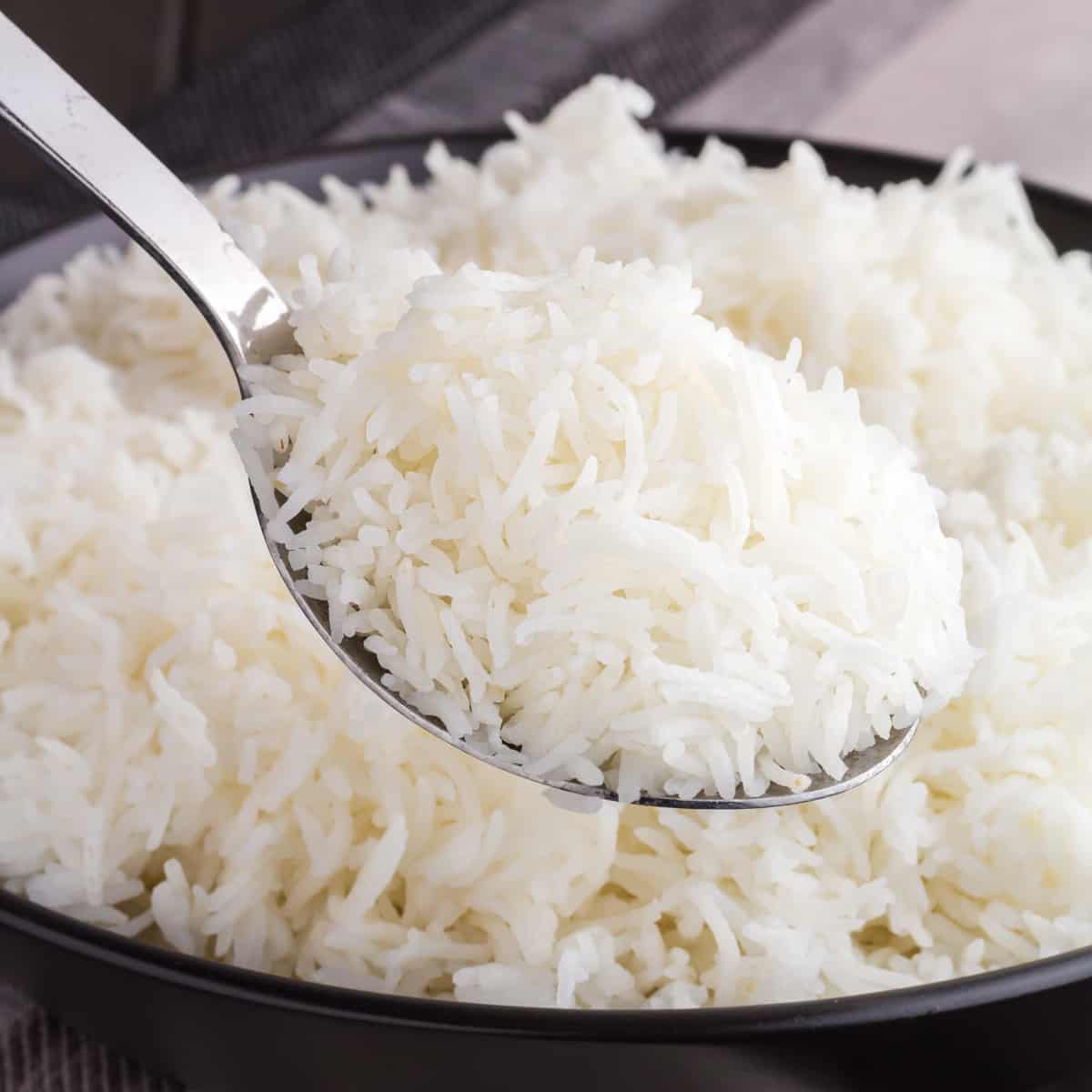What do you know about Basmati rice? A food specialist or a nutritionist would ask with the intent of testing your knowledge after discovering that you are a foodie.
Basmati, pronounced [‘bɑːsmət̪iː], is a variety of long, slender-grained aromatic rice that is typically grown in the Indian subcontinent, mainly India, Pakistan, Sri Lanka, and Nepal. As of 2019, India accounted for 65% of the international trade in basmati rice, while Pakistan accounted for the remaining 35%.

Many countries use traditionally grown basmati rice crops; however, basmati is geographically exclusive to certain districts of India and Pakistan.
According to the Indian Agricultural and Processed Food Products Export Development Authority (APEDA), a rice variety is eligible to be called basmati if it has a minimum average precooked milled rice length of 6.61 mm (0.260 in) and an average precooked milled rice breadth of up to two mm (0.079 in), among other parameters.
History and Etymology
According to Oxford English Dictionary, the word basmati comes from Hindi bāsmatī, literally, ‘fragrant’.
This variety of rice is believed to have been cultivated in the Indian subcontinent for centuries. The earliest mention of basmati rice was made in the epic Heer Ranjha written by the Punjabi poet Varis Shah in 1766.
Production and Cultivation
India accounts for over 70% of the world’s basmati rice cultivation. A small portion of that is being cultivated organically.
Organizations such as Kheti Virasat Mission are trying to top up the amount of organic basmati rice that is being grown in Punjab in India.
Aroma and Flavour

Basmati rice has a typical pandan-like (Pandanus amaryllifolius leaf) flavor caused by the aroma compound two-acetyl-one-pyrroline. Basmati grains contain about 0.09 ppm of this aromatic chemical compound naturally, a level that is about 12 times as much as non-basmati rice varieties, giving basmati its distinctive fragrance and flavor.
This natural aroma is also found in cheese, fruit, and other cereals. It is a flavoring agent approved in the United States and Europe and is used in bakery products for aroma.
During cooking, the level of 2-acetyl-1-pyrroline decreases. Soaking the rice for 30 minutes before cooking permits 20% shorter cooking times and preserves more of the two-acetyl-one-pyrroline.
Varieties and Hybrids
There are numerous varieties of basmati rice. Traditional Indian varieties include basmati 370, basmati 385, and basmati Ranbirsinghpura (R.S.Pura) and Gujjar Chack area in Jammu province situated at the India-Pakistani border in Jammu Kashmir state of India. 1121 and Muradabadi 6465 Extra Long Grain Rice. Pakistani basmati rice types are PK 385, Super Kernel Basmati Rice, and D-98.
Scientists at the Indian Agricultural Research Institute (IARI), Delhi, used conventional plant breeding to produce a hybrid semi-dwarf plant that had most of the good features of traditional basmati (grain elongation, fragrance, alkali content).
This hybrid was called Pusa Basmati-1 (PB1; also called “Todal”, because the flower has awns); crop yield is up to twice as high as traditional varieties. Fragrant kinds of rice that are derived from basmati stock but are not true basmati varieties include PB2 (also called sugandh-2), PB3, and RS-10.


Leave a Reply